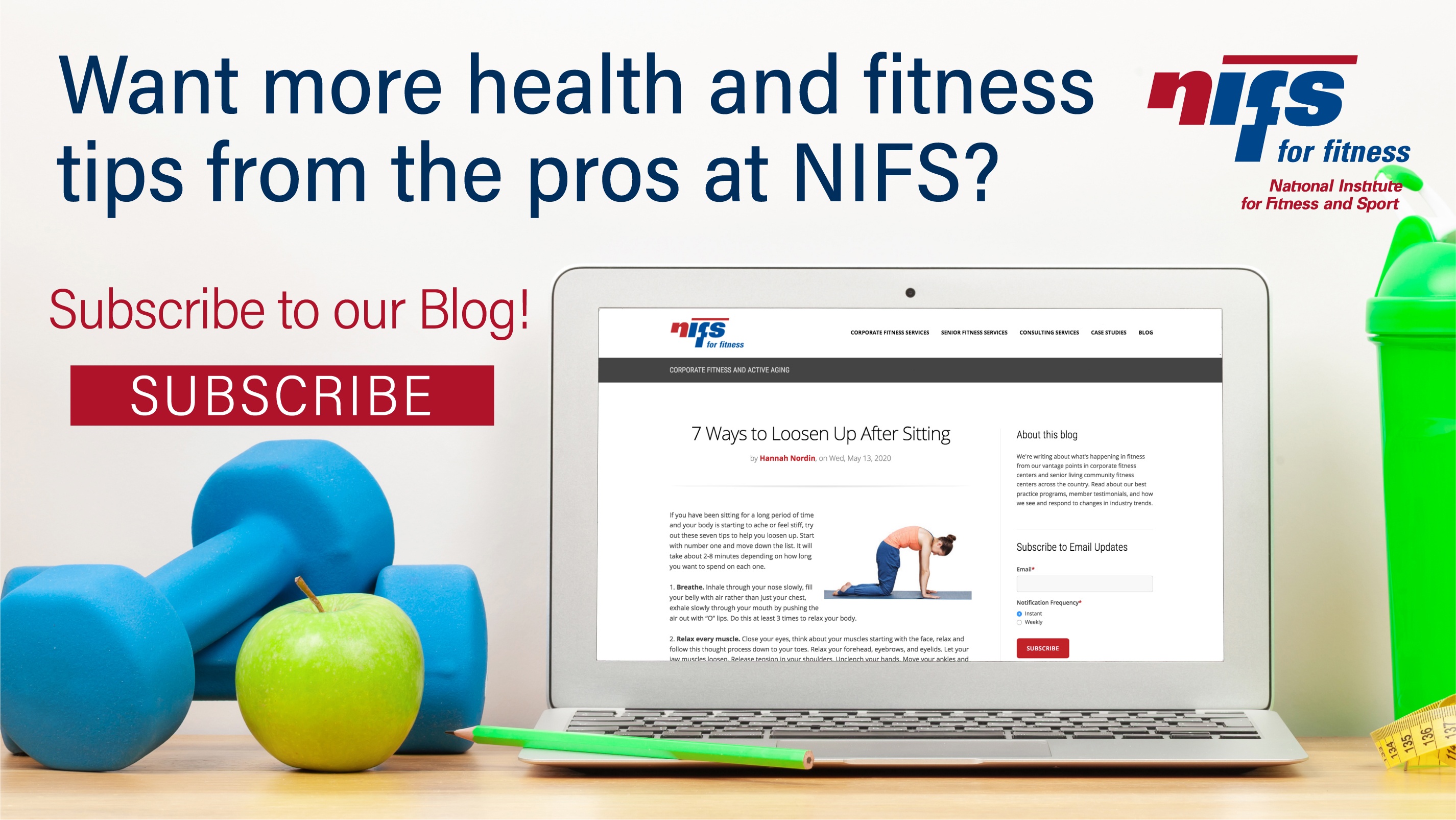Mindful eating is about tuning into your body’s hunger/fullness cues and cravings when eating. One uses mindfulness to acknowledge and honor any physical cues the body is feeling, and eating based off of those signals. So how is mindful eating different from dieting?

Most diets require you to restrict certain foods, food groups, or even a whole macronutrient. They tend to cause a sense of guilt when you do indulge in a particular food that is deemed “off limits,” and often times cause you to binge on those very foods down the road. Mindful eating does not require any restriction. Instead, by listening to your body’s physical cues and cravings, you are allowed to eat what you want, when you want, and stop when fullness is achieved or the craving is satisfied. Many people find that they feel more satisfied, and may even lose weight, when eating mindfully because they are more aware of their body’s signals.
Tips for Mindful Eating:
- Learn to differentiate between hunger and non-hunger cues. Are you hungry or bored?
- Eat when you feel hungry, do so slowly, and put down the fork when you feel full.
- Eat without distractions – turn off the TV, put down social media, and focus on your food.
- Learn to avoid phrases like “guilt” and “guilt-free” when talking about food. Food is not tied to morality, and therefore should not make you feel guilty.
- Appreciate your food – engage your senses by observing smells and flavors.
- Eat to maintain overall well-being – what foods will make you feel good? Eating cake all day every day will taste great at first, but it will get old very fast. You may find that your body begins to crave vegetables or lean proteins instead, as they will make you feel good afterwards.
How are you choosing healthy when it comes to food choices? Do you find yourself being mindful at meals?

